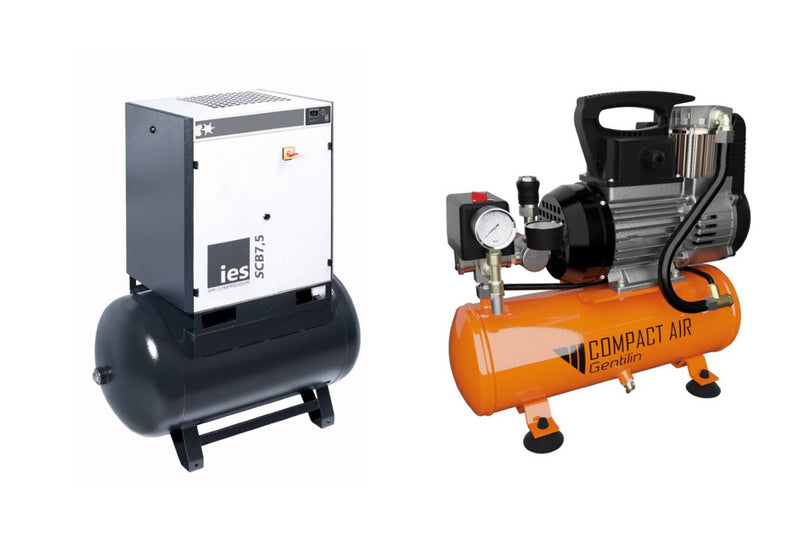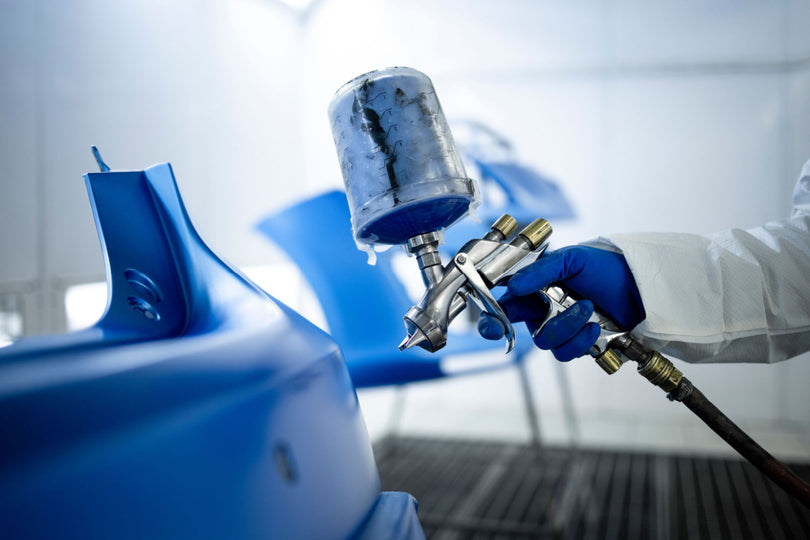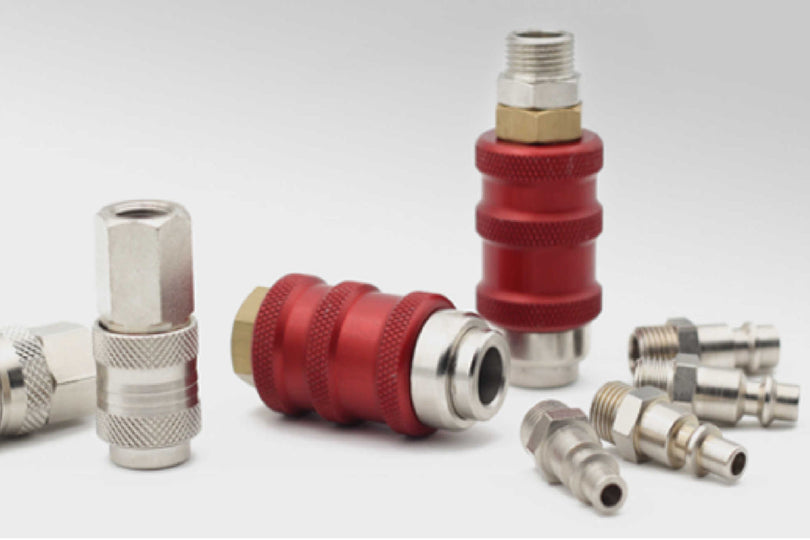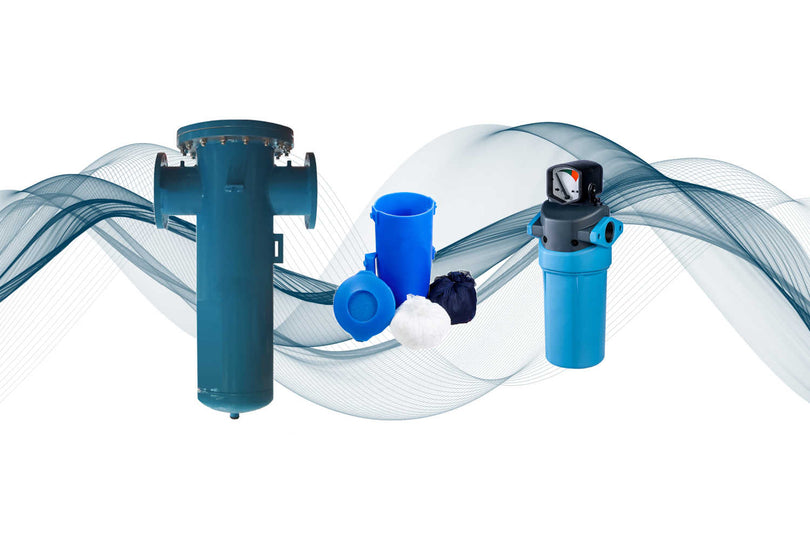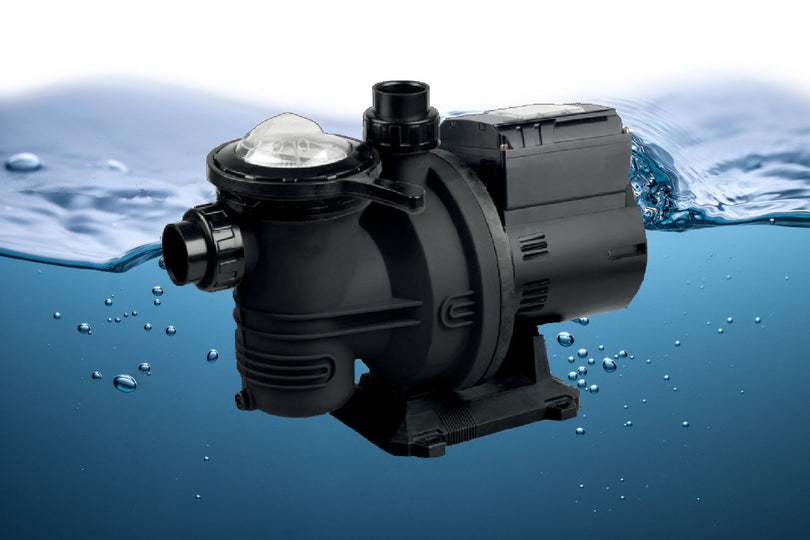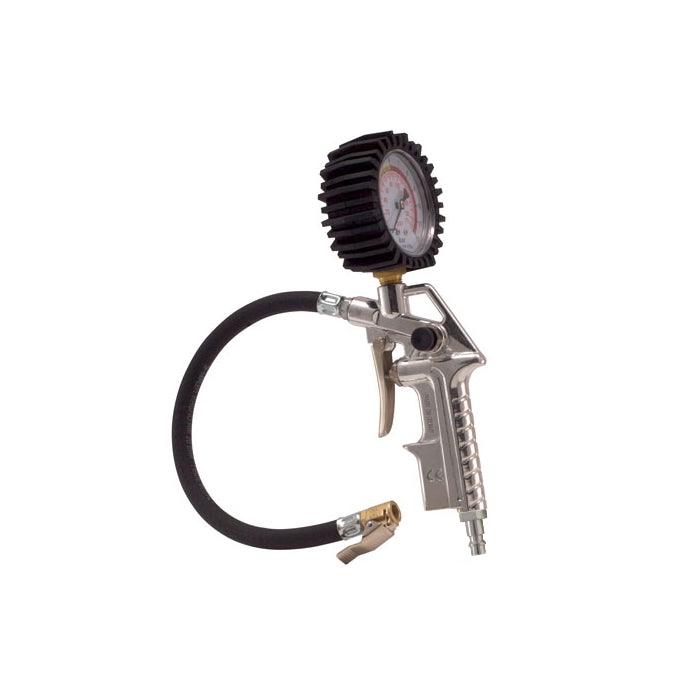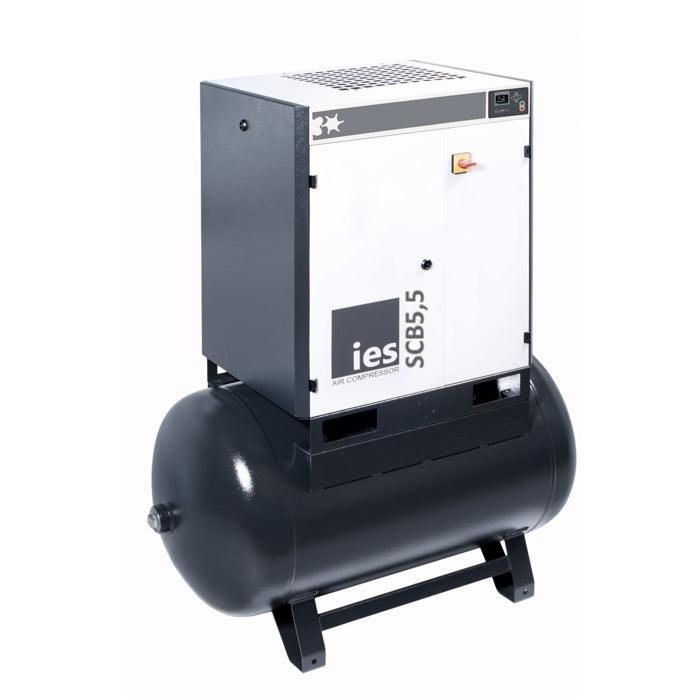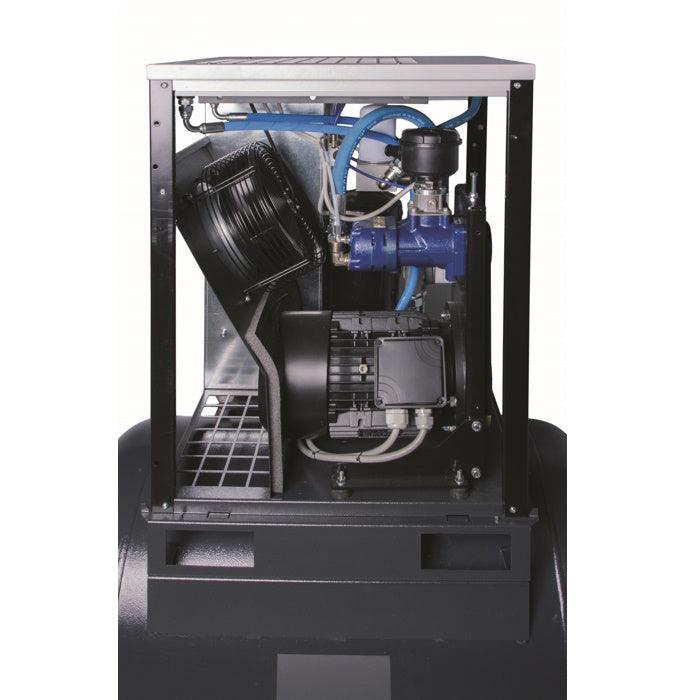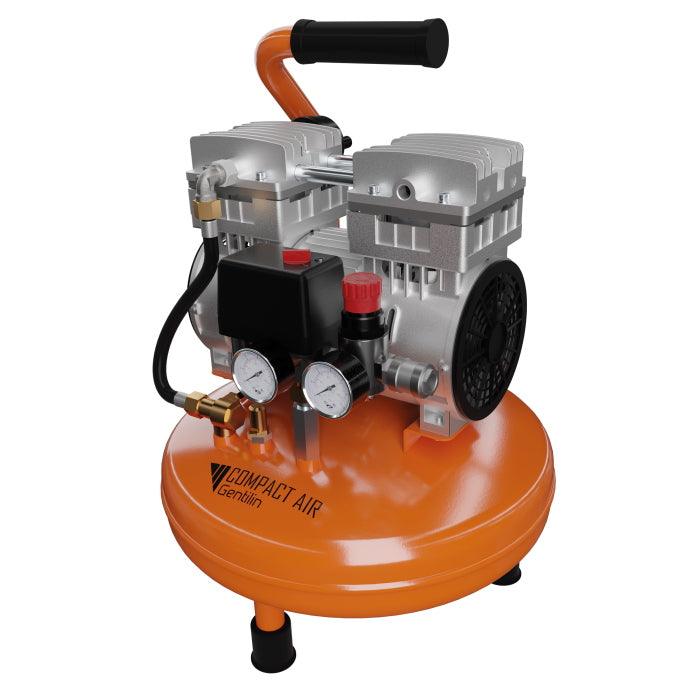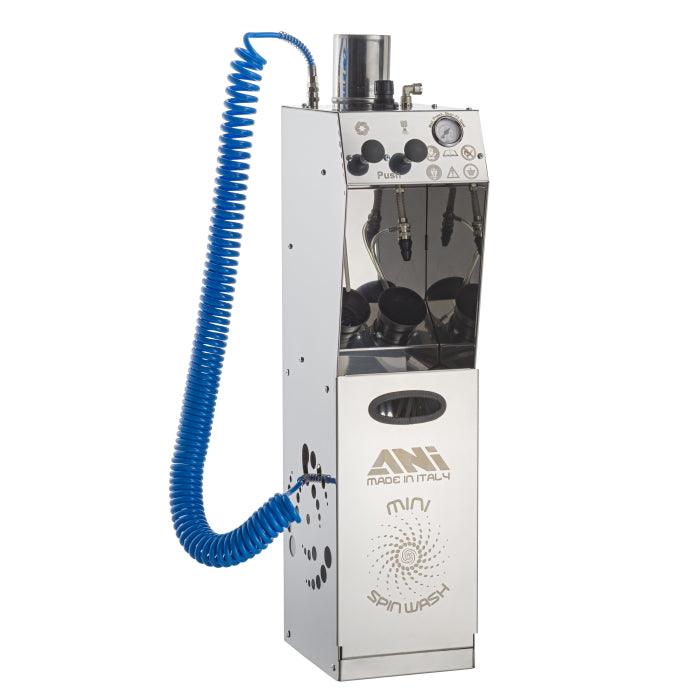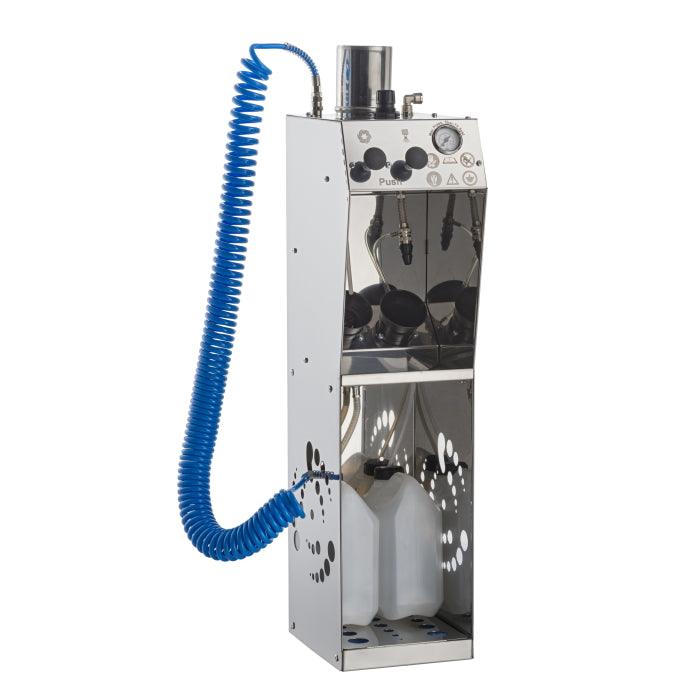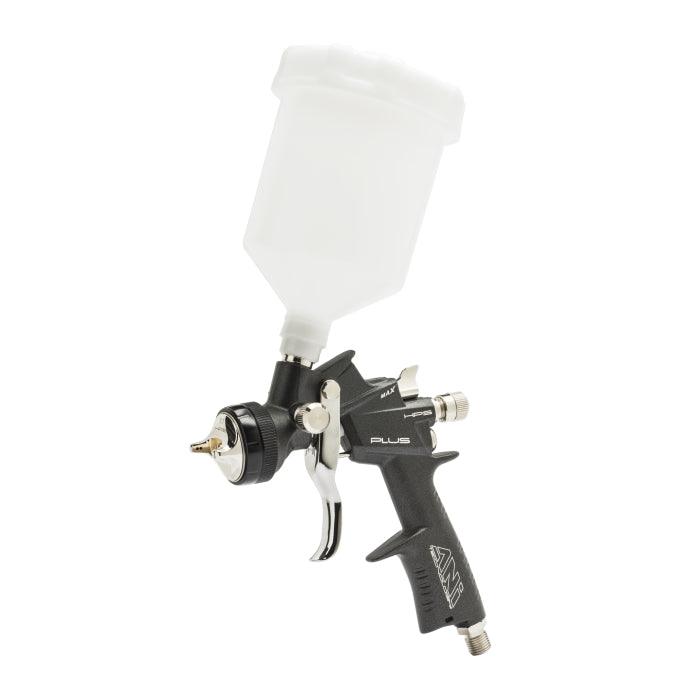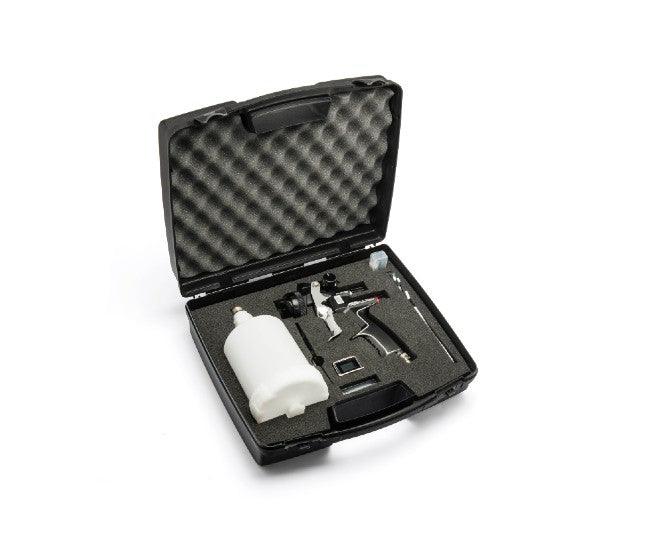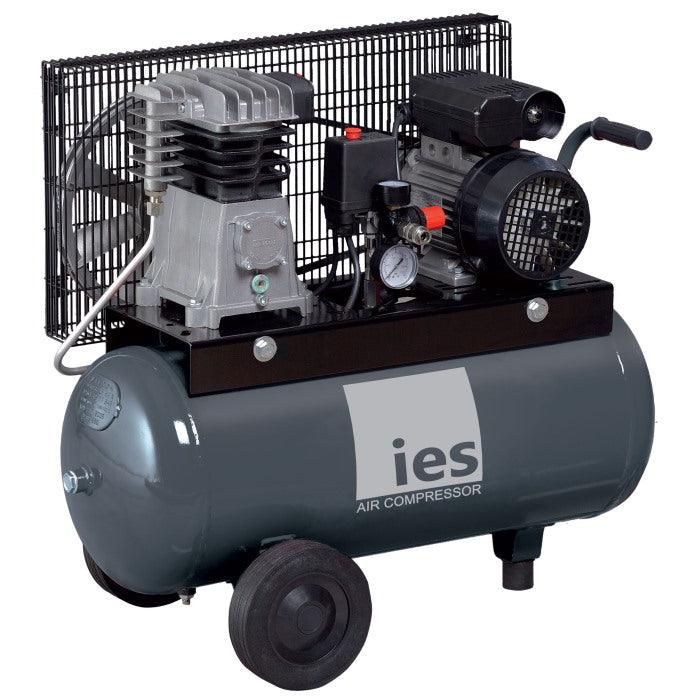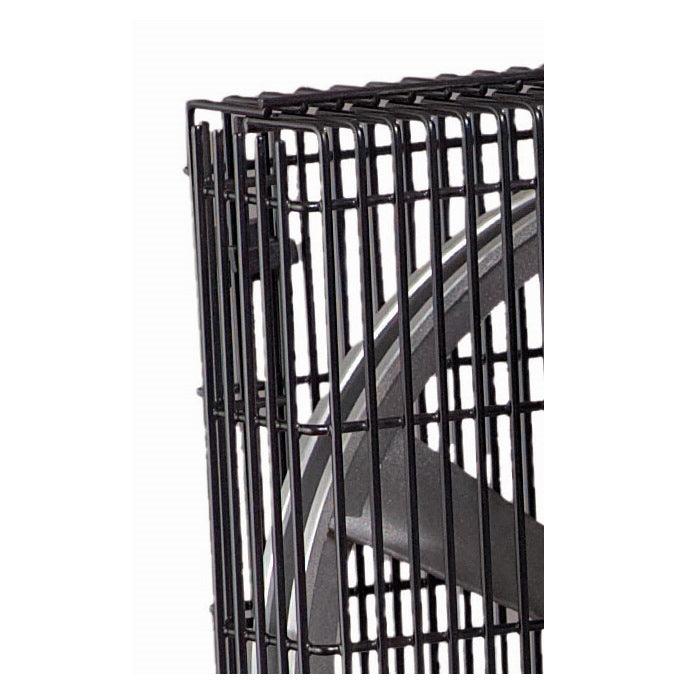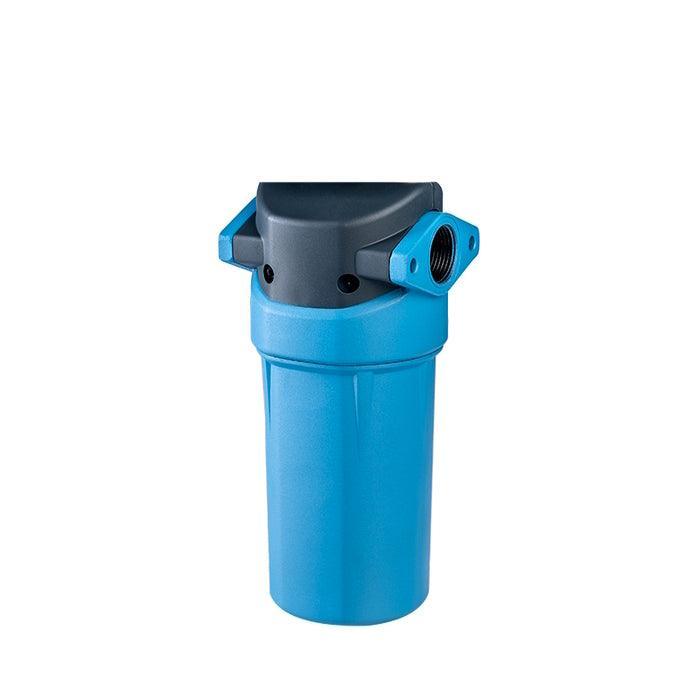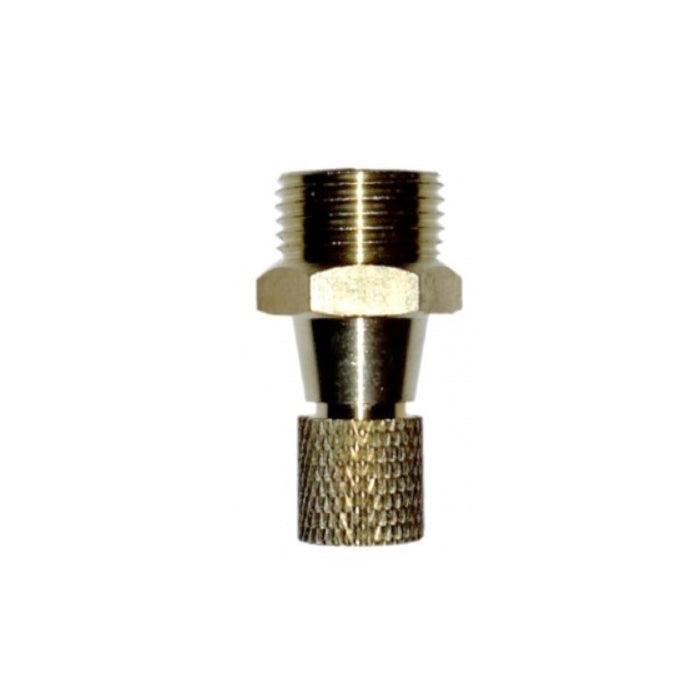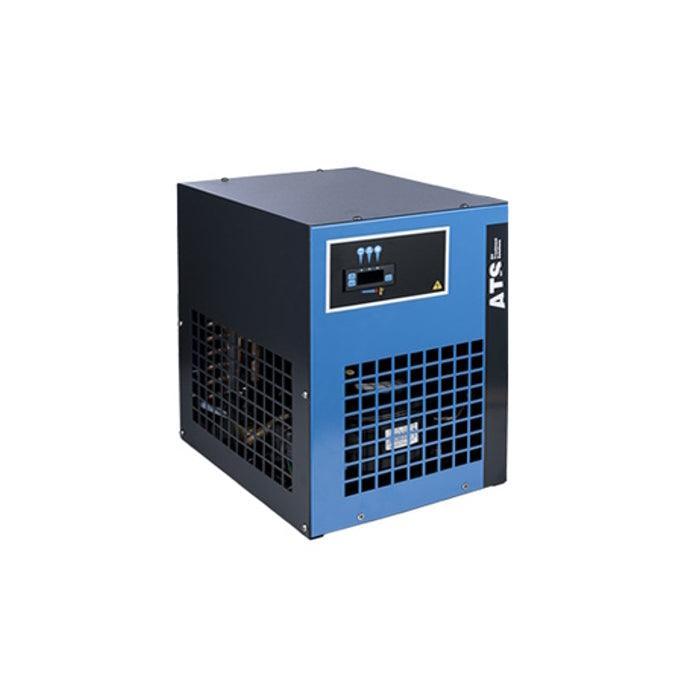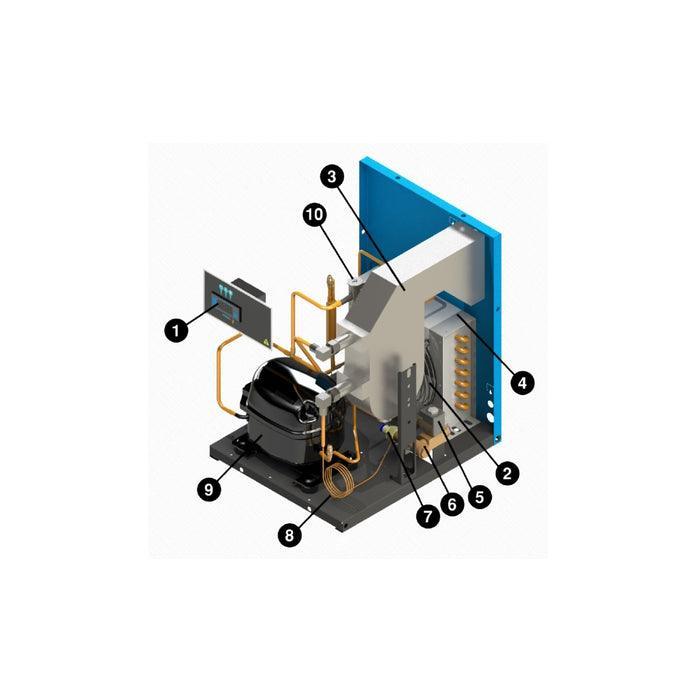Oil-free piston compressor: a conventional piston compressor has a crankshaft, connecting rod and piston, cylinder, and valve head. The valve head is at the top of the cylinder, which contains the intake and exhaust valves. Both consist of thin metal blades, one mounted below the valve plate and the other above it. When the piston lowers, a vacuum is formed above it. This allows outside air at atmospheric pressure to open the inlet valve and fill the area above the piston. As the piston rises, the air above it compresses, keeps the inlet valve closed, and forces the exhaust valve to open. Air flows from the exhaust port to the reservoir. With each stroke, the air in the tank increases, and the pressure rises. The oil-free piston compressor does not inject oil into the compression chamber but has Teflon-coated rings.
What are the advantages of oil-free air?
Oil-free air technology avoids purchasing replacement filters because there is no need to filter the oil. This reduces the cost of treating oil condensate and reduces energy loss due to decreased filter pressure. There is also the environmental impact: Using oil-free air, helps protect the environment and ensures greater compliance with international regulations. Losses and energy consumption are minimized, and the need to treat condensate (and collect/dispose of it) is eliminated.
What are the critical industries and applications that use oil-free air?
- Automotive: high-quality paint jobs, smooth machining processes, better health
- Food and beverage: high-quality, healthy, better-tasting end products
- Chemistry: higher product purity, better processes, less waste, improved safety
- Electronics: uninterrupted control systems and maintenance of ultra-clean conditions essential for high product quality.
- Medical and healthcare: 100% reliability for any medical environment, including hospitals, dental offices, veterinary offices, or other clinical work environments.
- Oil and gas: trouble-free control systems and processes, increased safety and security, and a higher quality end product
- Textiles: more efficient production, reduced repair and maintenance costs, improved fabric quality, reduced waste
- Pharmaceuticals: pure products, reduced contamination risks, more efficient processes, reduced waste
- Wastewater treatment: for any industrial or municipal wastewater treatment application
Let's shed light on the different classes of compressed air quality
There are three standards currently in place directly related to compressed air quality and analysis, which are:
- ISO 8573
- ISO 12500
- ISO 7183
The most widely used is ISO 8573. This standard defines the methods and tests to be used to determine contaminants in compressed air.
ISO 8573-1 is the main document in the ISO 8573 series and specifies the level of contamination allowed for each contaminant in each cubic meter of compressed air. The contaminants covered are grouped into three macro families:
- Dust/solid particles: each cubic meter of compressed air may contain a maximum amount of particles depending on their size
- Water: may be present in a liquid or gaseous state. Classes 1 through 6 require a specific pressure dew point and do not allow water in the liquid state
- Oil (liquid state, aerosol, vapor): each cubic meter of compressed air may contain a maximum amount of oil in any of its forms: liquid, aerosol, and vapor
There are 6 quality classes of compressed air according to ISO 8573-1:2010 with limit values for each contaminant.
For example, class 1.4.1 is often referred to as "Standard" in all industrial quality applications; this class indicates that the maximum particulate concentration is 0.1 mg/mc, the dew point is +3°C and the maximum oil concentration is 0.01 mg/mc.
How do you achieve a class like 1.4.1?
Simply, compressed air must be treated by filtration for particulate matter and oil through special filters while water is reduced through dryers.
Higher classes for example class 1.3.1 or 1.2.1 are achievable with specific membrane or adsorption dryers.
What about class zero?
Class zero has been included within the ISO 8573-1 standard since 2001. This category only includes compressors whose oil-free compressed air has a lower residual oil content than class 1 compressors.
Therefore class zero does not mean zero contaminants.
Before purchasing an oil-free compressor, therefore, one must thoroughly evaluate its end use and the relevant industry, keeping in mind that no filter can guarantee to retain 100 % oil.
Important factors inherent in class zero
In referring to ISO 8573-1 class 0, the following should be remembered:
- Class 0 does not mean a total absence of contaminants
- Class 0 does not mean oil-free compressed air
- A class 0 compressor does not guarantee oil-free compressed air
- Class 0 does not refer exclusively to oil contamination
- A class 0 specification implies greater "cleanliness" than a class 1 specification with regard to contaminant selection
- Contamination levels for a Class 0 specification must also fall within the equipment measurement limits and test methods covered by ISO 8573, Parts 2 through 9
- A Class 0 specification must clearly indicate which contaminate the Class 0 declaration refers to: for example, "solid particulate," "water," or "total oil" (aerosol, liquid, and vapor)
- Class 0 requires that the user or manufacturer of the equipment indicate a level of contamination in the written specification
- It is mandatory to measure air quality with special certified instruments according to the procedure that each company must prepare and implement, especially with regard to hydrocarbon vapors
If you are looking for high quality oil-free compressors Weagora is the right place for you. We offer a wide range of products that will meet your needs. So, don't hesitate to visit our website and purchase your new oil-free compressor today!

